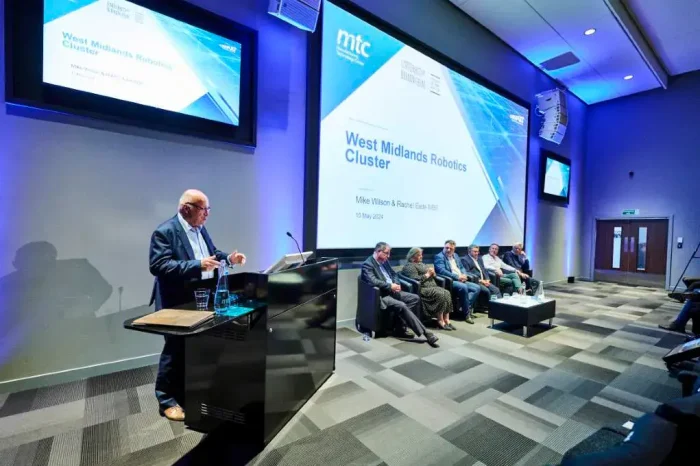Astroboffins create music from SPAAAAAAAAAAACE
Astrophysicists from the University of Birmingham have captured ‘sounds’ from the oldest stars in the Milky Way in a bid to study how the galaxy formed, according to research published today in the Royal Astronomical Society journal Monthly Notices.
Strictly speaking, there is no sound in space since it is almost a perfect vacuum – the lack of particles means that any vibrations created by a sound wave cannot be carried across space.
Instead, the sound was interpreted by looking at how the brightness of stars in the M4 cluster changed over time. In a method known as asteroseismology, the convective motions in the outer layers of the stars produce acoustic oscillations that were measured. The motions cause changes in the star’s surface temperature which causes its light to pulsate at different frequencies.
The light provides a clue to the internal structure of the star, just like how earthquake oscillations allow seismologists to study earth. Asteroseismology also measures the mass and age of the stars, making it possible to study the Milky Way’s history.
Dr Andrea Miglio, from the University of Birmingham’s School of Physics and Astronomy, who led the study, told The Register:
“Now that we have found a ‘Rosetta Stone’ to calibrate the asteroseismic age scale for very old stars, we can move onto studying the early history of our Galaxy, by applying the same technique to thousands of similar very old stars which populate different regions of our Galaxy.”
Professor Bill Chaplin, also from the School of Physics and Astronomy at the University of Birmingham, has referred to their work as “galactic archaeology”. The M4 cluster contains some of the oldest stars in the galaxy at nearly 13 billion years old. ®
You can listen to the stars here
Sponsored: Global IT security risks report


